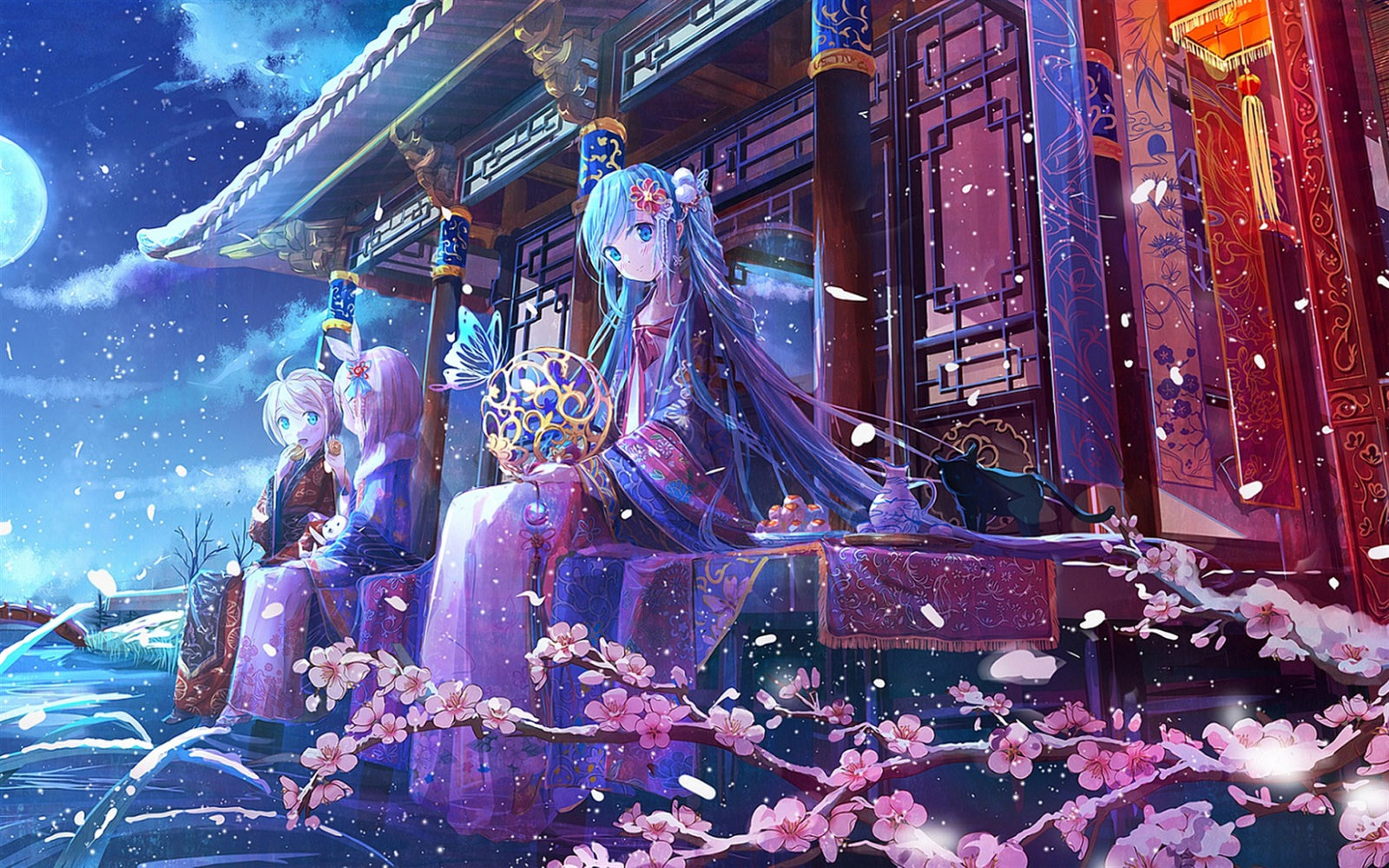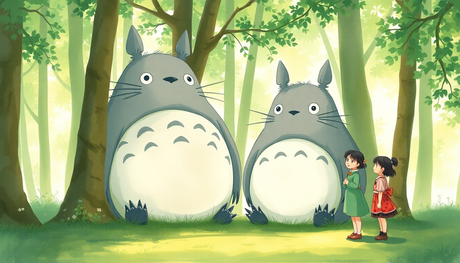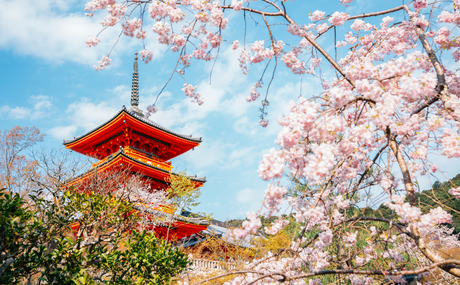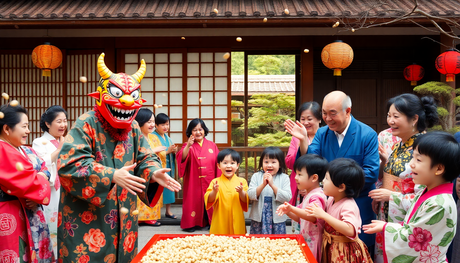In the realm of entertainment, few cultural phenomena rival the captivating world of Japanese anime. With its distinctive art style, compelling narratives, and diverse genres, anime has captured the hearts and imaginations of fans around the globe. Join us as we delve into the fascinating history of Japanese anime, uncover what makes it so unique, and explore the reasons behind its immense popularity.
A Brief History of Japanese Anime
Japanese animation, or anime, traces its origins back to the early 20th century, with the pioneering works of artists like Ōten Shimokawa and Seitaro Kitayama. However, it wasn't until the post-World War II era that anime began to flourish, fueled by technological advancements and the influence of Western animation styles.
In the 1960s and 1970s, iconic series like "Astro Boy" and "Speed Racer" introduced anime to international audiences, laying the groundwork for its global expansion. Since then, anime has evolved into a diverse and dynamic medium, encompassing a wide range of genres, from action and adventure to romance and science fiction.
Uniqueness of Japanese Anime
What sets Japanese anime apart from its Western counterparts, particularly Hollywood movies, is its distinct aesthetic and storytelling conventions. Here are a few key elements that contribute to anime's uniqueness:
-
Artistic Style: Anime is characterized by its colorful artwork, exaggerated facial expressions, and emotive character designs. The medium allows for a broad range of visual styles, from the whimsical and fantastical to the dark and gritty, giving creators unparalleled freedom to express their creativity.
-
Complex Storytelling: Anime often explores complex themes and narratives, delving into philosophical concepts, social issues, and psychological depths with depth and nuance. Many anime series and films feature intricate plotlines, multidimensional characters, and thought-provoking commentary on the human condition.
-
Cultural Context: Anime reflects the cultural heritage and values of Japan, incorporating elements of traditional folklore, mythology, and history into its storytelling. This cultural richness adds depth and authenticity to anime narratives, providing viewers with a window into Japanese society and worldview.
A Global Phenomenon
Despite its origins in Japan, anime has transcended cultural and linguistic barriers to become a global phenomenon. Its universal themes, compelling characters, and visually stunning animation have captivated audiences of all ages and backgrounds, fostering a passionate and dedicated fanbase around the world.
One of the reasons for anime's broad appeal is its ability to resonate with viewers on a deeply emotional level. Whether it's the epic adventures of "Naruto," the heartwarming romance of "Your Name," or the existential introspection of "Neon Genesis Evangelion," anime has a story for everyone, offering escapism, inspiration, and catharsis in equal measure.
Embracing the Anime Culture
In recent years, anime has experienced a surge in popularity, fueled by streaming platforms, social media, and fan conventions. From cosplay and fan art to online communities and merchandise, anime culture has become a vibrant and inclusive community, where fans can connect, share their passion, and celebrate their favorite series and characters.
As we celebrate the rich history and unique appeal of Japanese anime, it's clear that its influence extends far beyond the borders of Japan. With its boundless creativity, cultural resonance, and global reach, anime continues to captivate audiences and inspire generations of fans, ensuring its enduring legacy in the annals of entertainment history. So why not immerse yourself in the enchanting world of anime and discover the magic for yourself?































